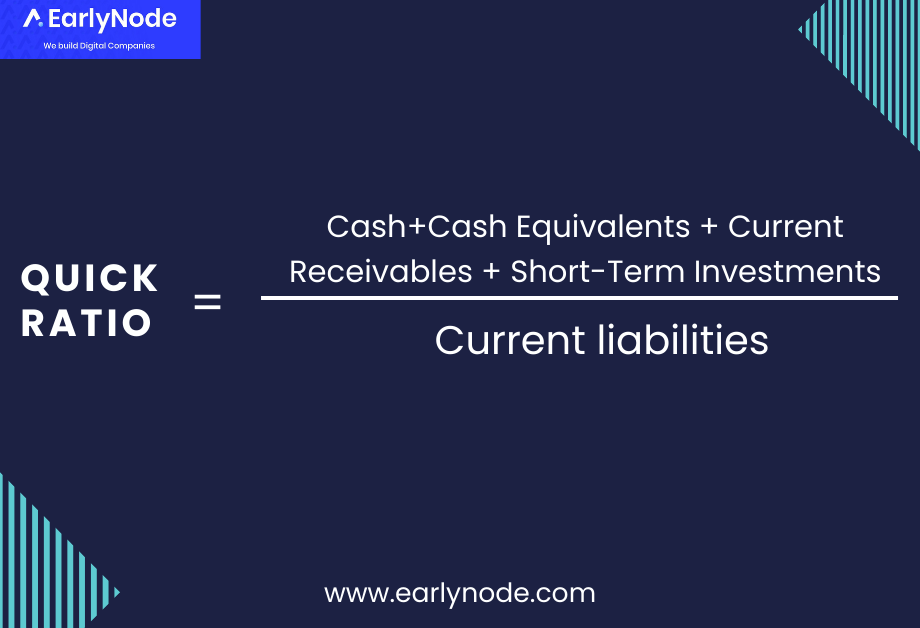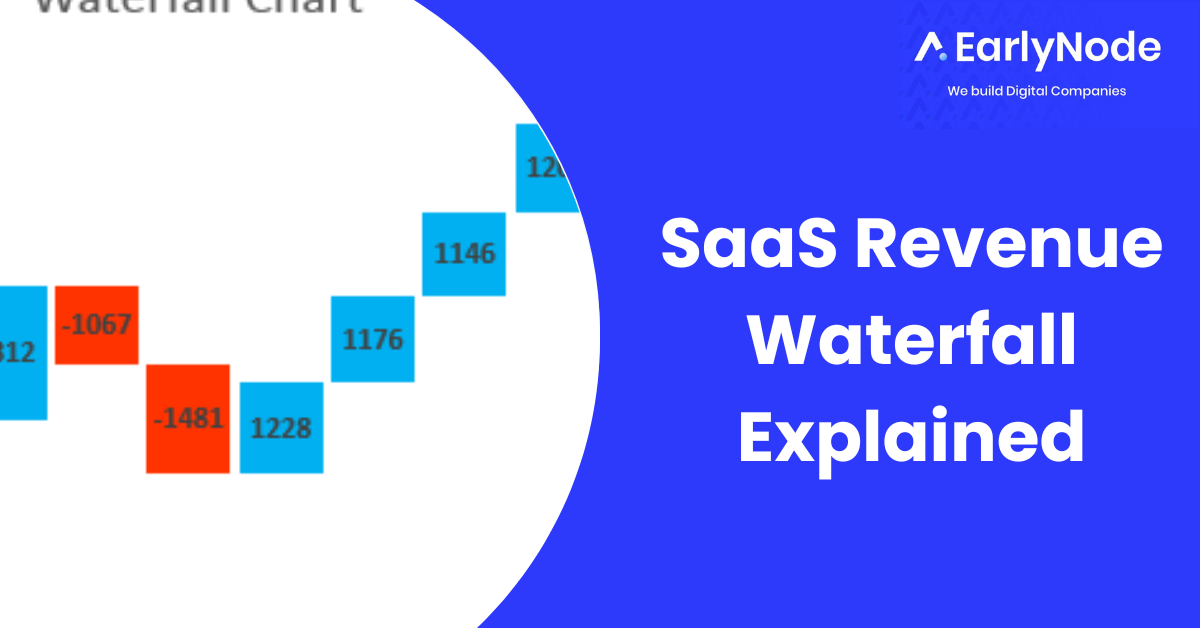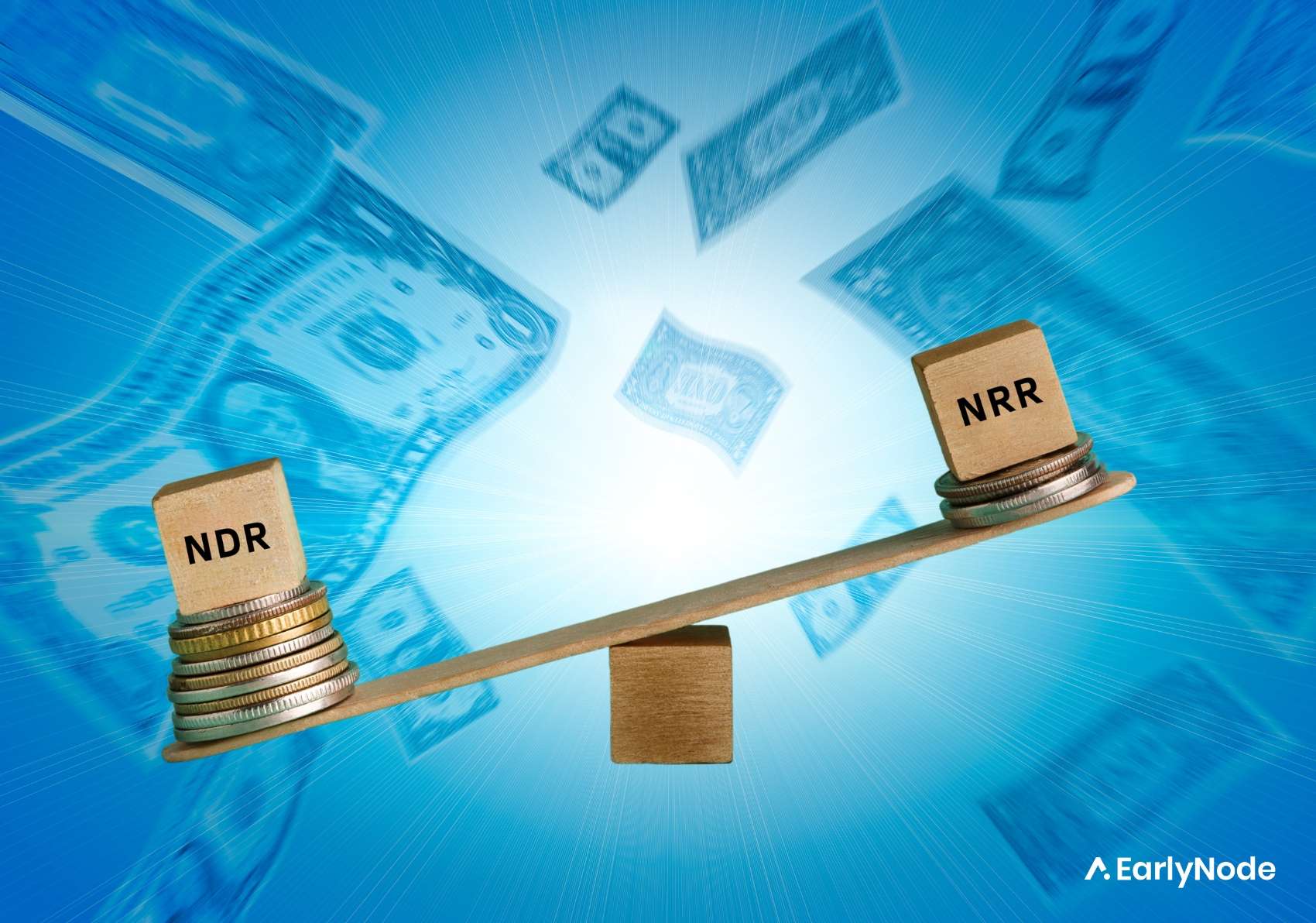Quick Ratio vs Current Ratio: The key difference and how to calculate them

Imagine suddenly finding yourself in debt and needing to clear them within the next 90 days. Will your business survive? Two crucial metrics that will give you proper insight to assess your financial health are the quick and current ratios.
Both ratios measure your company’s ability to pay its debts, but they are calculated slightly differently. Here’s a closer look at the difference.
What is the Quick Ratio?
Quick ratio (or the acid-test ratio) measures your company’s ability to meet its short-term obligations with its most liquid assets. It considers assets that can be converted to cash in 90 days or less. Examples of such assets include:
- Cash and cash equivalents (money market funds, commercial paper, and treasury bills).
- Marketable securities
- Current receivables
Quick ratio formula
To calculate the quick ratio, you divide your total cash and cash equivalents, and short-term investments by your total current liabilities:
If your quick ratio is more than 1, you’re considered less of a financial risk because you hold enough in your accounts to pay off all liabilities within 90 days.
What is the Current Ratio?
The current ratio measures your ability to meet your short-term obligations with your current assets. To calculate the current ratio, you divide your total current assets by your total current liabilities. These current assets are all the assets included in the quick ratio formula above, but this time including inventory.
Current ratio formula
The formula is simple. Divide your current asset total by your current liability total.
For example, let’s say Company X had a current asset total of $500000 after adding up everything in its cash, inventory, accounts receivable, and prepaid expense accounts. It also has a current liability total of $500,000 after summing up its short-term debts and accounts payable.
Current Ratio = 500,000 / 150,000 = 3.3
Just like the quick ratio, a current ratio of 2 is very good.
The Key Difference Between the Quick Ratio and the Current Ratio
The key difference is due to the time it takes to convert one of your assets: inventory. Typically it takes more than 90 days to convert inventory into cash. As a result, it is left out of quick ratio calculations but included in the current ratio formula. Due to this, some people argue that the quick ratio gives a more accurate picture of your short-term financial health than the current ratio does.
But keep in mind that excluding inventory from the calculation can also paint an inaccurate picture because it doesn’t give you true insight into whether or not you have enough inventory on hand to meet your obligations.
Conclusion
The quick ratio is more conservative because it excludes inventory from calculations, while the current ratio includes it. If you want to tackle short-term debt consider using the quick ratio. For a longer-term view of your company’s liquidity, look at your current ratio.
It’s a good idea to include other financial ratios in your analysis to give you a more rounded perspective for making financial projections in your business.




